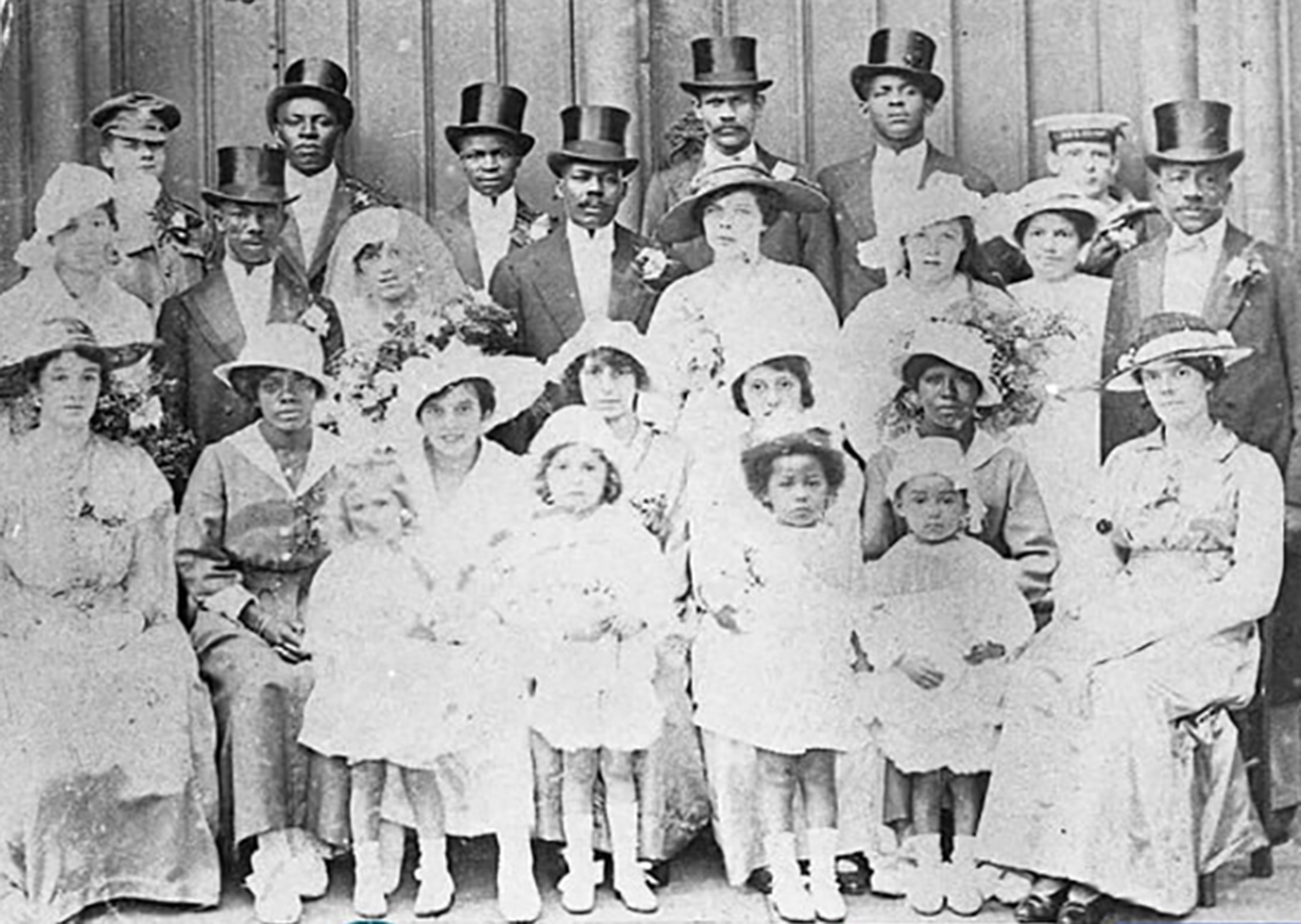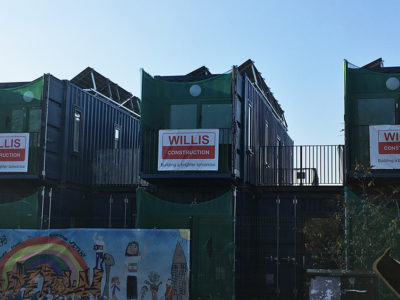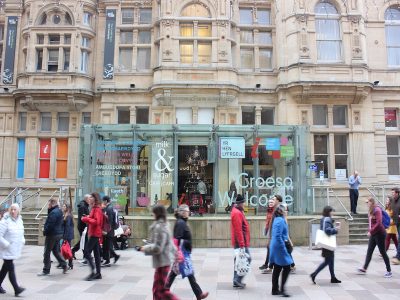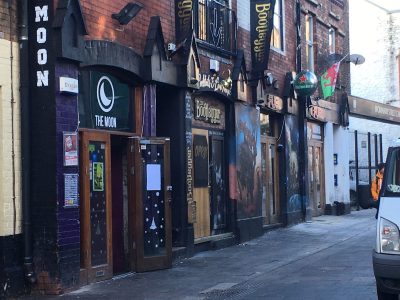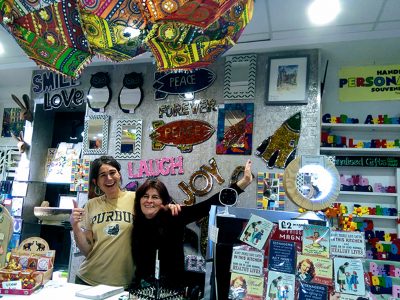Museums at Night
The Museums at Night festival runs from 31 October to 2 November. Museums, galleries and heritage sites across the UK, will open their doors for special evening events and night-time displays. Many museums are hosting Halloween-themed events like Fright Nights and storytelling.
Butetown
Often referred to as “Tiger Bay”, Butetown became one of the first multicultural areas of Britain, after mainly Yemeni and Somali communities settled there after the First World War. Wales Online calls Butetown a melting pot of races, cultures and religion.
Historically deprived, Butetown is ranked as the highest for levels of child poverty in Cardiff and fifth highest in Wales.
Yet, Butetown remains one of Wales’ closely-knitted communities. The Butetown History and Arts Centre is dedicated to preserving the cultural and social history of migrants, immigrants and minorities in Wales and showcasing Wales as a culturally and ethnically diverse nation.
1919 Race Riots
Violence targeted against migrants was not exclusive to Cardiff in 1919. Racially motivated attacks took place across South Wales and in other major port cities like Liverpool and Glasgow.
In the wake of the First World War, labour shortages angered seamen which caused tension amongst white and ethnic minority workers, mainly from Afro-Caribbean backgrounds. South Asians were also targeted, as indigenous British people thought these minorities were stealing their jobs. The fear of miscegenation further motivated hostility.
A confrontation between a group of black men and a white crowd in Butetown soon erupted into rioting which spilled over to other areas of the city. The riots in Cardiff lasted for four days in June. Contemporary newspapers reported that houses were looted and ransacked. Three men were killed in the riots.
A special set of films, poetry, paintings and music will honour the people of Butetown and observe the centenary of the 1919 Race Riots
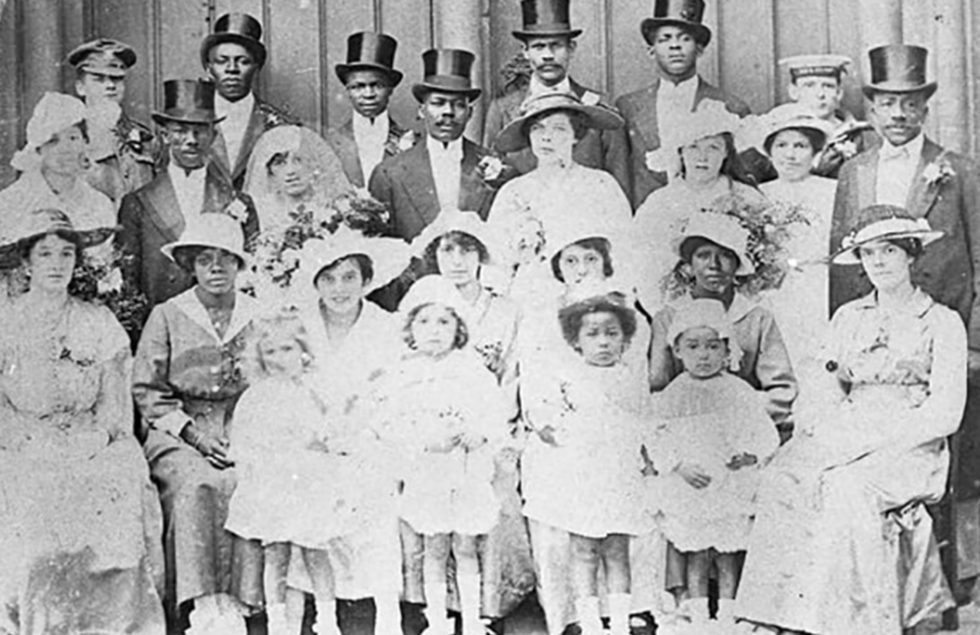
As part of a nationwide Museums at Night initiative, Museum of Cardiff are launching a People of Butetown event on 1 November, running from 6pm through till 9pm.
Alison Tallontire, the exhibition officer of the museum, says the evening opening gives people more of a chance to visit. “We always hope for a good turnout”, she added.
New works by Cardiff artists Ali Goolyad, Kyle Legall, Ziad Djerdi and Anthony Ward will be on display from 1 to 28 November. The works, including film, poetry and music, are to tell the stories of prejudice and racism experienced by the people of Butetown, but to also champion the community spirit of Butetown and diversity of Cardiff.
This display comes after Black History Month. Black History Month Wales (BHMW) has overseen an array of events across the country in October, from launch events to film screenings and performances.
2019 is an important year for the experience of ethnic minorities in Cardiff, being the centenary of the 1919 race riots, where three men were killed.
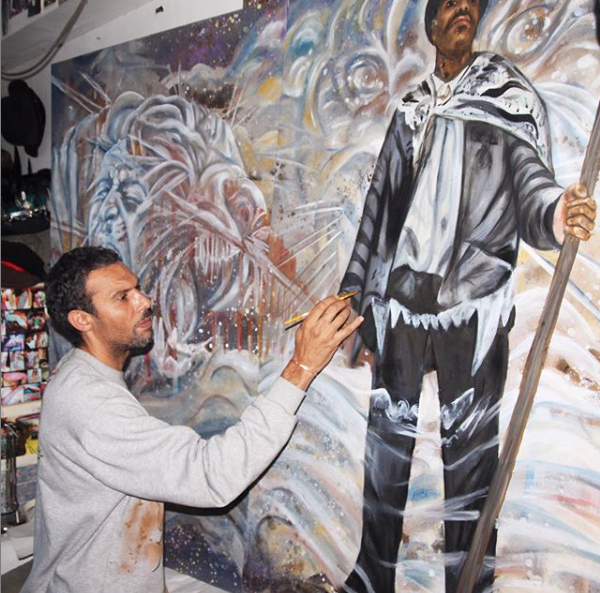
Artist Kyle Legall, from Butetown, told alt.cardiff the riots still resonate within the community, “As a young person, I was reminded that it was dangerous for me to travel into town by myself.” He says it’s important to commemorate the people of Butetown as it’s been a part of Welsh history for years, but has never been recognised as such. “I feel there is a huge gap between the rest of the city and ourselves”, he added.
The People of Butetown project is spearheaded by filmmaker and theatre-maker Gavin Porter. Gavin is “interested in the themes of voice and representation, especially the question of whose voice gets heard.” He says he is extremely excited to be working on the People of Butetown project with other artists from the area.
The event is free, and there is no need to book. More details can be found here.
Museums at Night
The Museums at Night festival runs from 31 October to 2 November. Museums, galleries and heritage sites across the UK, will open their doors for special evening events and night-time displays. Many museums are hosting Halloween-themed events like Fright Nights and storytelling.
Butetown
Often referred to as “Tiger Bay”, Butetown became one of the first multicultural areas of Britain, after mainly Yemeni and Somali communities settled there after the First World War. Wales Online calls Butetown a melting pot of races, cultures and religion.
Historically deprived, Butetown is ranked as the highest for levels of child poverty in Cardiff and fifth highest in Wales.
Yet, Butetown remains one of Wales’ closely-knitted communities. The Butetown History and Arts Centre is dedicated to preserving the cultural and social history of migrants, immigrants and minorities in Wales and showcasing Wales as a culturally and ethnically diverse nation.
1919 Race Riots
Violence targeted against migrants was not exclusive to Cardiff in 1919. Racially motivated attacks took place across South Wales and in other major port cities like Liverpool and Glasgow.
In the wake of the First World War, labour shortages angered seamen which caused tension amongst white and ethnic minority workers, mainly from Afro-Caribbean backgrounds. South Asians were also targeted, as indigenous British people thought these minorities were stealing their jobs. The fear of miscegenation further motivated hostility.
A confrontation between a group of black men and a white crowd in Butetown soon erupted into rioting which spilled over to other areas of the city. The riots in Cardiff lasted for four days in June. Contemporary newspapers reported that houses were looted and ransacked. Three men were killed in the riots.

